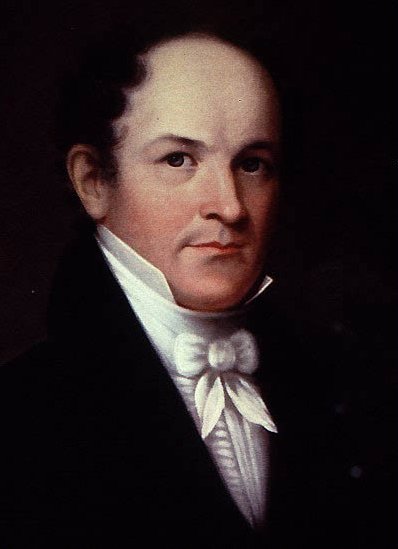Thomas Nuttall
The Mackinac Botanist
On this day in 1810, Thomas Nuttall, just 24 years old, jumped in a birch bark canoe with Aaron Greely, the deputy surveyor of the territory of Michigan, and they paddled to Mackinac Island arriving two weeks later on August 12.
Nuttall spent several days on Mackinac - He was the first real botanist to explore the flora of Michigan, and indeed of Mackinac Island. Nuttall immediately set about collecting and writing detailed accounts of the flora he discovered. He documented about sixty species - about twenty were previously unknown. One of the new Mackinac discoveries was the dwarf lake iris (Iris lucustris), which became the state wildflower of Michigan.
This post was featured onThe Daily Gardener podcast:
helping gardeners find their roots,
one story at a time

Thomas Nuttall





